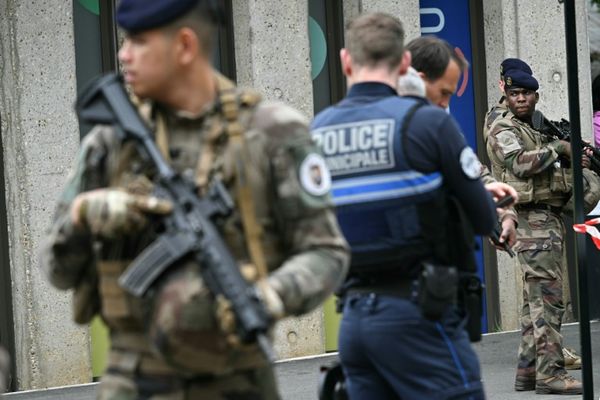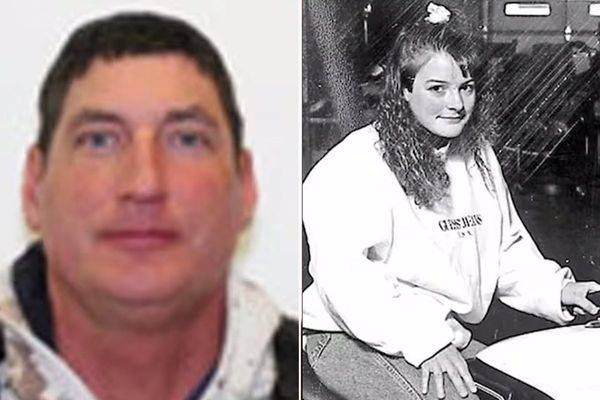
Towards the fag end of his second and final term as Prime Minister, Manmohan Singh had said that he did not believe that he was a weak PM, and that “history will be kinder to me than the contemporary media or for that matter the opposition in Parliament”.
Whether it is the current state of the Indian economy, or the erstwhile prime minister's record in addressing press conferences, that may already be coming true.
The former PM and senior Congress leader passed away at the age of 92 at the All India Institute of Medical Sciences in Delhi on Thursday. He was admitted to the emergency department earlier in the evening after his health deteriorated. He is survived by his wife Gusharan Kaur and their three daughters. Singh previously had two bypass surgeries as well as an angioplasty.
Singh served as a member of the Rajya Sabha till April this year.
One of India’s longest serving Prime Ministers, next only to Jawaharlal Nehru, Indira Gandhi and Narendra Modi, Manmohan Singh served as India’s PM for a decade for United Progressive Alliances I and II (UPA) – from May 2004 to May 2014. In this period, Singh was at the helm of many important decisions and reforms – the Right to Education Act, the Right to Information Act, the National Rural Employment Guarantee Act, The Lokpal and Lokayuktas Act, National Food Security Act and more.
Towards the latter half of his first term as Prime Minister, the UPA government was almost toppled after Left parties pulled their support from the coalition due to opposition to the Indo-US nuclear deal, often hailed as ‘historic’. The government then survived a vote of confidence, winning by 19 votes.
In his second term, Singh presided over the government as it was battered by allegations of the 2G scandal with regard to alleged irregularities in spectrum allocation, the coal allocation scam (when he was also the coal minister), the Commonwealth Games (CWG) scam.
By the end of his tenure, Singh was often the subject of ridicule, being termed as a ‘puppet prime minister’ and ‘silent prime minister’, after his second term was rocked by a string of controversies, ministers being arrested over corruption allegations, a slumping economy, rising food prices and skyrocketing inflation – and his silence to both economic and political crises. He was subject to criticism not only from the public, but also members of his own party.
However, apart from his Prime Ministerial tenure, Singh is largely credited with the 1991 economic liberalisation of India, when he was Finance Minister in then Prime Minister PV Narasimha Rao’s cabinet. At the time, India’s balance of payments had swelled, and the country barely had three weeks of foreign exchange reserves to finance imports. With the country near bankruptcy, Singh is credited with the LPG policy – Liberalisation, Privatisation and Globalisation – which led to the opening up of the economy. The rupee was devalued, and the economy saw a turnaround.
As Vinod Jose writes in the Caravan: “As the Finance Minister and then as Prime Minister, Singh quietly but decisively presided over the dismantling of the two foundational principles that had, for decades, defined both the Congress party and the nation: a socialist planned economy and a non-aligned foreign policy.”
Singh’s foreign policy is equally a part of his legacy as much as his political career in India by expanding relations with multiple countries including the United States, China and Pakistan.
Singh also had a run in the bureaucracy prior to active political life. In 1971, he became the economic adviser to the Ministry of Foreign Trade. Within a year, he was the Chief Economic Adviser in the Finance Ministry, and then the Secretary in the Finance Ministry from 1976. He was also the Governor of the Reserve Bank of India in 1982, and the Deputy Chairman of the Planning Commission in 1985. Prior to being chosen as India’s Finance Minister in 1991, Singh was the advisor to the Prime Minister on economic affairs. It was then that he was elected to the Rajya Sabha from Assam, a position he held for five terms till 2019. He has never been a member of the Lok Sabha.
Born in a village in the Punjab province of undivided India on September 26, 1932, Manmohan Singh was born to a dry fruits trader. He completed his matriculation examination from the Punjab University in 1948. He then studied economics at the University of Cambridge in the UK degree in 1957. He then completed his D.Phil in Economics at Oxford University in 1962.
He taught economics at Panjab University, the Delhi School of Economics, and has had a stint at the United Nations Conference on Trade and Development, the UN’s trade body. In 1987, he was conferred the Padma Vibhushan.
Many journalists remember Singh as a prime minister who took questions from the press – last in 2014. At his last press conference, he took over 60 questions. “I am the same person as I was 9 years ago…have tried to serve this country to the best of my capability,” he had said.
Will that record be broken soon? Journalists can hope.
Small teams can do great things. All it takes is a subscription. Subscribe now and power Newslaundry’s work.
Newslaundry is a reader-supported, ad-free, independent news outlet based out of New Delhi. Support their journalism, here.








